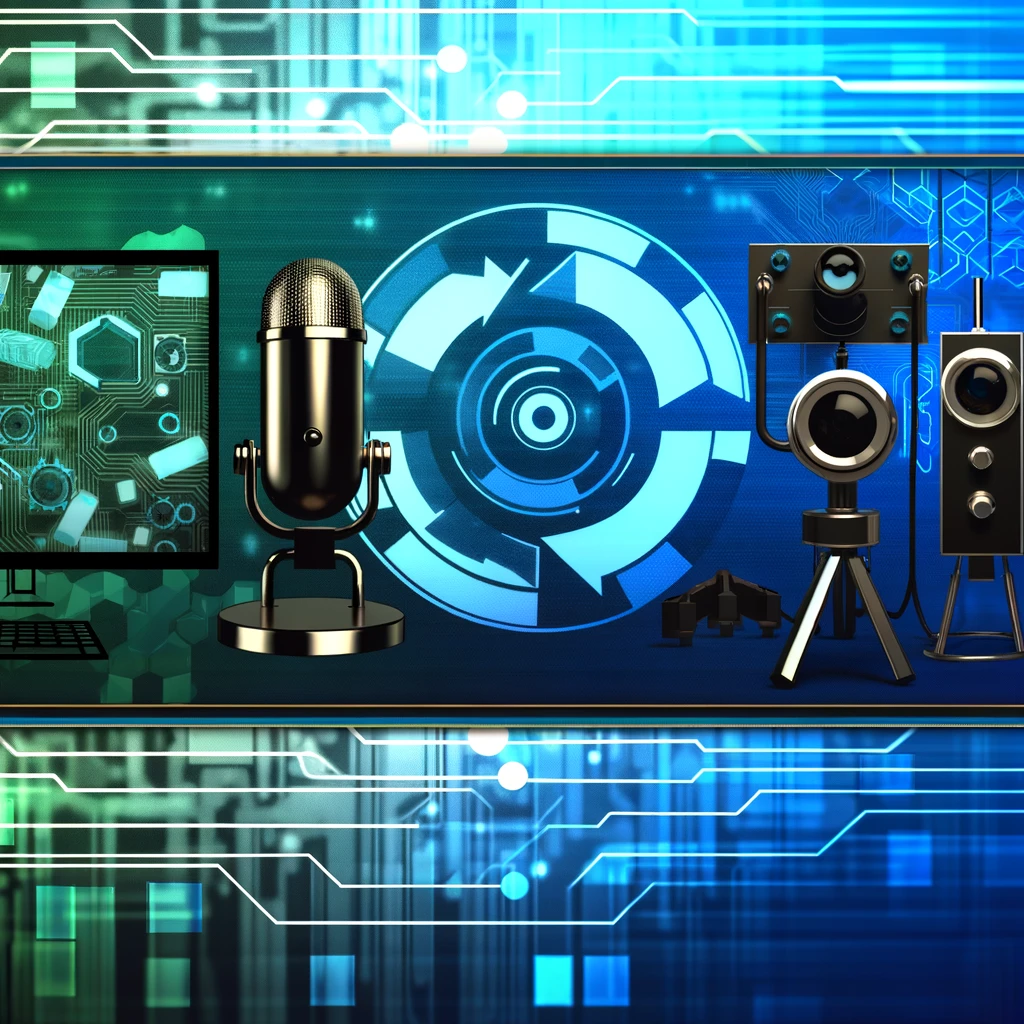Technical Tips: Streamlining Your Broadcasting Experience – Advanced Tips for Troubleshooting and Optimizing Your Streaming Setup
In the rapidly evolving world of online broadcasting, particularly within the camming industry, a seamless streaming experience is crucial. It’s not just about having the right equipment; it’s about optimizing your setup for maximum performance and knowing how to troubleshoot common issues that might disrupt your streams. This comprehensive guide offers advanced technical tips to help streamline your broadcasting experience, ensuring that your shows run smoothly and professionally.
1. Ensuring a Robust Internet Connection
- Optimize Your Network: A wired connection is typically more reliable and faster than Wi-Fi. Use an Ethernet cable to connect your computer directly to your modem or router. If you must use Wi-Fi, position your broadcasting setup close to your router or invest in a high-quality Wi-Fi extender.
- Bandwidth Management: Ensure that your internet plan provides sufficient upload speeds for streaming. Streaming, especially in high definition, can be bandwidth-intensive. Close unnecessary applications on your computer and devices connected to the same network to prevent bandwidth competition.
- Quality of Service (QoS) Settings: Some routers allow you to prioritize traffic to specific devices or applications through QoS settings. Prioritizing your streaming device can help maintain a stable connection during broadcasts.
2. Optimizing Audio and Video Quality
- Camera Settings: Invest in a high-quality webcam or camera capable of HD streaming. Familiarize yourself with your camera’s settings—adjusting the resolution, frame rate, and exposure can significantly improve your video quality.
- Lighting: Proper lighting is essential for professional-quality video. Use key lighting, fill lighting, and back lighting to eliminate shadows and highlight your best features. LED ring lights or softboxes can provide even, flattering light.
- Microphone Quality: Audio clarity is as important as video quality. Use an external microphone instead of your camera’s built-in mic. Position the microphone close to you but out of the camera’s view for the best sound quality.
- Software Enhancements: Use broadcasting software like OBS Studio or XSplit to enhance your video and audio quality. These programs offer features like noise suppression, audio mixing, and video filters.
3. Streamlining Your Broadcast with Effective Software Use
- Scene and Source Management: Organize your scenes and sources in your broadcasting software. Preparing different scenes for various parts of your show can make transitions smooth and professional.
- Hotkeys: Set up hotkeys for common actions, such as switching scenes or muting your microphone. This allows for seamless changes without disrupting the flow of your broadcast.
- Plugins and Extensions: Explore plugins and extensions for your broadcasting software. These can add functionality, such as chat integration, alerts, and enhanced audio controls.
4. Maintaining Stream Health
- Monitor Your Stream’s Performance: Most broadcasting software includes a stream health monitor. Keep an eye on your CPU usage, stream bitrate, and frame rate during broadcasts. High CPU usage or dropped frames indicate that you may need to adjust your settings.
- Adaptive Bitrate Streaming: If your broadcasting software supports it, use adaptive bitrate streaming. This automatically adjusts the quality of your stream based on your current internet speed, reducing buffering and dropped frames.
- Test Your Stream: Regularly conduct private or test streams to check your setup’s performance under various conditions. This can help you identify and resolve issues before they affect a live broadcast.
5. Troubleshooting Common Issues
- Audio Echo/Feedback: If you’re experiencing echo, use headphones to prevent audio from your speakers from being picked up by your microphone. Check for multiple audio sources in your broadcasting software and ensure only one is active.
- Video Lag: Reduce the resolution or frame rate if your video is lagging. Ensure your computer meets the recommended specifications for your broadcasting software and consider upgrading your hardware if necessary.
- Connection Issues: If you’re experiencing frequent disconnections or poor stream quality, check your internet speed, and router settings. Contact your internet service provider if issues persist.
- Software Crashes: Keep your broadcasting software and drivers up to date. Outdated software can lead to crashes and compatibility issues.
Conclusion: A flawless streaming experience enhances viewer satisfaction and reflects on your professionalism as a broadcaster. By optimizing your setup, understanding your equipment, and being prepared to troubleshoot common issues, you can ensure that your streams are of the highest quality. Continuous learning and adaptation to new technologies and practices will keep you ahead in the dynamic world of camming, allowing you to focus on what you do best—entertaining and engaging your audience.
Incorporating these advanced technical tips into your broadcasting routine will streamline your experience, making your streams more enjoyable for both you and your viewers. As technology evolves, so should your approach to streaming, ensuring that you remain at the forefront of the industry.









Leave a Reply